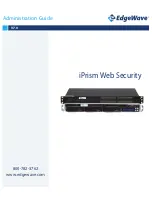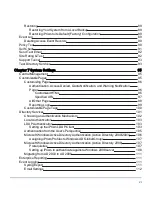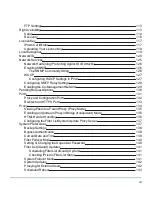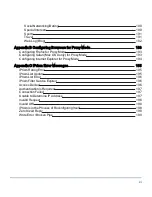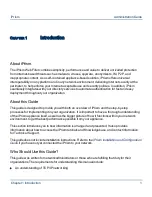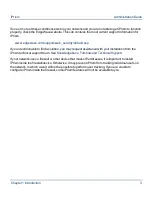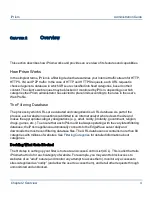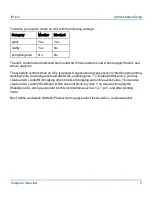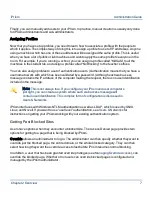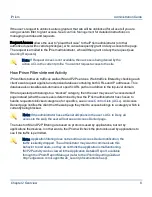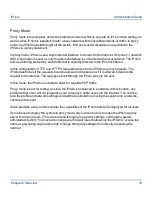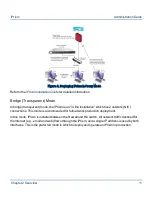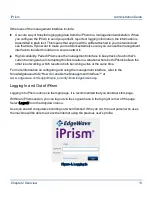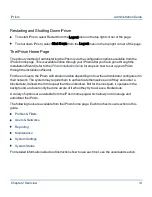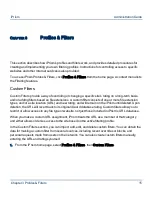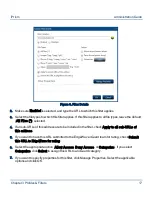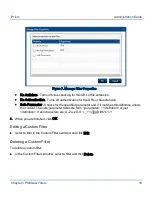
C
HAPTER
2
Overview
This section describes how iPrism works and provides an overview of its features and capabilities.
How iPrism Works
In the simplest terms, iPrism is a filtering device that examines your Internet traffic stream for HTTP,
HTTPS, IM, and P2P traffic. In the case of HTTP and HTTPS requests, each URL request is
checked against a database in which URLs are classified into fixed categories, based on their
content. The client’s web request may be blocked or monitored by iPrism, depending on which
categories the iPrism administrator has elected to place limits according to the rules in the user’s
Web Profile.
The Filtering Database
The process by which URLs are evaluated and categorized is a URL database. As part of the
process, each website in question is submitted to an Internet analyst who reviews the site and
makes the appropriate category designations (e.g., adult, nudity, profanity, government, religion,
drugs, games, etc.). To ensure that each iPrism unit is always operating with the very latest filtering
database, the iPrism appliance automatically connects to the EdgeWave server daily and
downloads the most recent filtering database files. The URL database now contains more than 80
categories with millions of websites. See
Filtering Categories
for detailed information about
categories.
Deciding What Gets Blocked
The first step in setting up your filter is to create an Access Control List (ACL). This is a list that tells
iPrism what to do for each category of website. For example, you may want to block access to
websites of an “adult” nature (and monitor any attempt to access them), monitor any accesses to
sites categorized as “nudity” (and allow the user to access them), and let all other requests through
unmonitored and unblocked.
Chapter 2 Overview
4
iPrism
Administration Guide

